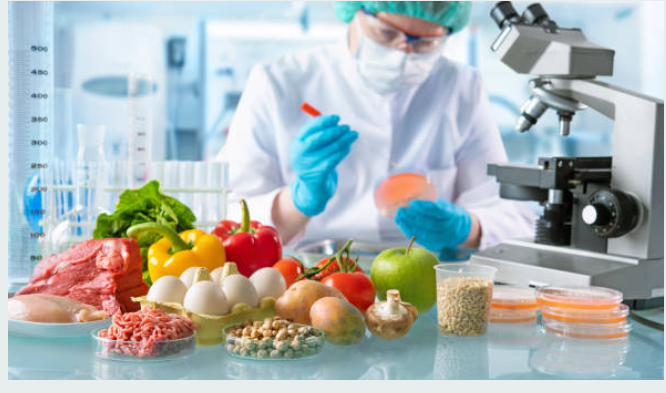Securing Our Plates: The Imperative of Food Safety in a Globalized World
Good day my people of hive community, hope we are all doing well. I am back this afternoon to share a small knowledge on Food Safety. Knowing the safety of the food we eat is very important and I will urge everyone to read to the end of this article so as to learn more from it.
Food safety is a paramount concern that affects every individual, transcending geographical boundaries and cultural differences. The globalized nature of the food supply chain necessitates stringent measures to guarantee the safety of the food we consume. From farm to fork, various stages in the food production and distribution process can pose potential risks if not managed with utmost care. This article explores the importance of food safety, common risks, and strategies to ensure the well-being of consumers.
The Significance of Food Safety:
Ensuring food safety is not merely a regulatory requirement; it is a fundamental responsibility that directly impacts public health. Contaminated or unsafe food can lead to a myriad of health issues, ranging from mild illnesses to severe diseases. The World Health Organization estimates that millions of people worldwide fall ill, and thousands die each year due to foodborne diseases. Beyond the human toll, foodborne illnesses also strain healthcare systems and have economic implications.
Common Risks in the Food Supply Chain:
Microbial Contamination:
Pathogenic microorganisms, such as bacteria, viruses, and parasites, are significant contributors to foodborne illnesses. Improper handling, inadequate cooking, and contaminated water sources can introduce these microorganisms into the food supply chain.Chemical Hazards:
Pesticides, food additives, and environmental contaminants are examples of chemical hazards that can compromise food safety. Residual pesticides on fruits and vegetables or contaminants from food packaging materials are potential sources of chemical exposure.Allergens:
Allergic reactions to certain foods are a growing concern. Cross-contamination during processing or insufficient labeling can result in unintended exposure to allergens, posing risks to individuals with food allergies.Physical Contaminants:
Foreign objects like glass, metal, or plastic can inadvertently find their way into food during processing or packaging, posing a risk of injury or choking.
Strategies for Ensuring Food Safety:
Farm-to-Table Traceability:
Implementing robust traceability systems throughout the food supply chain is essential. This allows for quick identification and removal of contaminated products, limiting the scope and impact of potential outbreaks.Stringent Hygiene Practices:
Adhering to high standards of hygiene at every stage, from farm production to food preparation, is crucial. This includes proper handwashing, sanitation of equipment and surfaces, and the use of clean water in all food-related processes.Proper Food Storage and Handling:
Ensuring that food is stored and handled at the correct temperatures helps prevent the growth of harmful microorganisms. This applies to both producers and consumers, emphasizing the importance of refrigeration and proper storage practices at home.Education and Training:
Continuous education and training programs for everyone involved in the food supply chain, from farmers to food handlers to consumers, are vital. This includes awareness about proper food handling, storage, and the potential risks associated with specific foods.Regulatory Oversight:
Governments play a critical role in establishing and enforcing food safety regulations. Regular inspections, stringent quality control measures, and swift action in response to identified risks contribute to a safer food supply.Advanced Technology and Testing:
Embracing technological advancements, such as blockchain for traceability and rapid testing methods for contaminants, enhances the efficiency of monitoring and ensures early detection of potential hazards.Collaboration and Communication:
Open communication and collaboration among all stakeholders, including government agencies, producers, processors, and consumers, are vital. Timely sharing of information about potential risks and best practices strengthens the collective effort to ensure food safety.
Conclusion:
In an era where the global food supply chain is intricately interconnected, prioritizing food safety is non-negotiable. The consequences of compromised food safety extend far beyond individual health, affecting communities, economies, and public trust. By embracing a holistic approach that involves education, technology, regulation, and collaboration, we can build a resilient food system that safeguards the well-being of individuals and promotes a healthier society. Remember, ensuring food safety is not just a matter of compliance; it is a commitment to the health and safety of us all.
Thank you for stopping by to read my article, I believe you find it so interesting.....I love you all.
